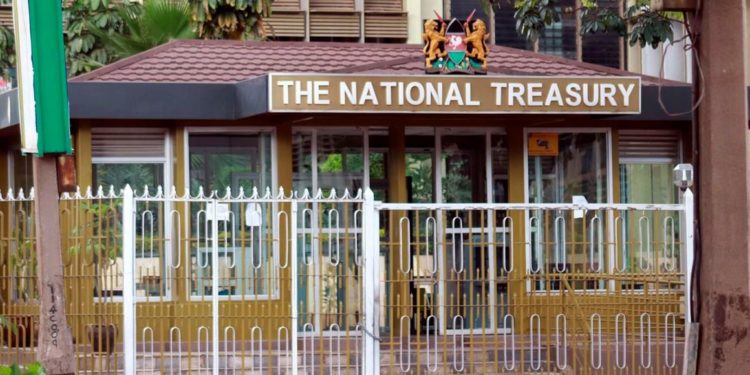The Kenyan government has received a major boost as the seven-year infrastructure bond attracted an overwhelming response from investors, alleviating cash crunch concerns just days before the end of the 2022/23 fiscal year. The bond, with a target of Sh60 billion, witnessed bids amounting to Sh220.5 billion, marking a nearly four-time oversubscription. This unexpected success brings relief to the government’s domestic borrowing program, which had suffered from investor apathy towards previous bond issues.
Read more: Kenya Not at Risk of Defaulting On Eurobond – IMF Director
According to data from the Central Bank of Kenya (CBK), the infrastructure bond posted a remarkable performance rate of 367.5 percent, surpassing any previously issued infrastructure bond since October 2014. This outturn reflects the bond’s attractiveness to investors due to its tax-free nature, rising yields, and attractive tenor. With a time to maturity of 5.6 years, the bond captured significant attention, exceeding analysts’ expectations and setting a new bar for government domestic bond issues. Notably, 92 percent of the accepted bids were competitive, amounting to Sh196.3 billion. This indicates that investors, well aware of the significant domestic borrowing deficit, were willing to bid aggressively, testing the resolve of the CBK. The tax-free nature, attractive tenor, and rising yields of the bond were key factors driving investor interest.
Read more: Kenya’s Debt Service Costs Continue To Rise, Putting Strain On The Country’s Budget
The proceeds from the infrastructure bond, amounting to Sh213.4 billion, will be allocated to cover Sh174.2 billion in new borrowing and Sh39.2 billion in redemptions for the current fiscal year ending on June 30. This infusion of funds brings the Treasury closer to its domestic borrowing target, easing concerns regarding the cash crunch. The nettings will partially bridge the gap of Sh479.9 billion between the total receipts from domestic borrowing and the target set for the fiscal year.
The oversubscription of the seven-year infrastructure bond in Kenya has provided a much-needed respite to the government’s cash crunch concerns. The bond’s exceptional performance rate and high subscription level have demonstrated investors’ confidence in the country’s infrastructure projects and fiscal stability. However, the increased borrowing has led to higher interest rates, and market dynamics in the near future may see bond prices decline. The government’s proactive measures, such as the planned tap sale, will help manage liquidity and ensure a smoother financial transition.

















